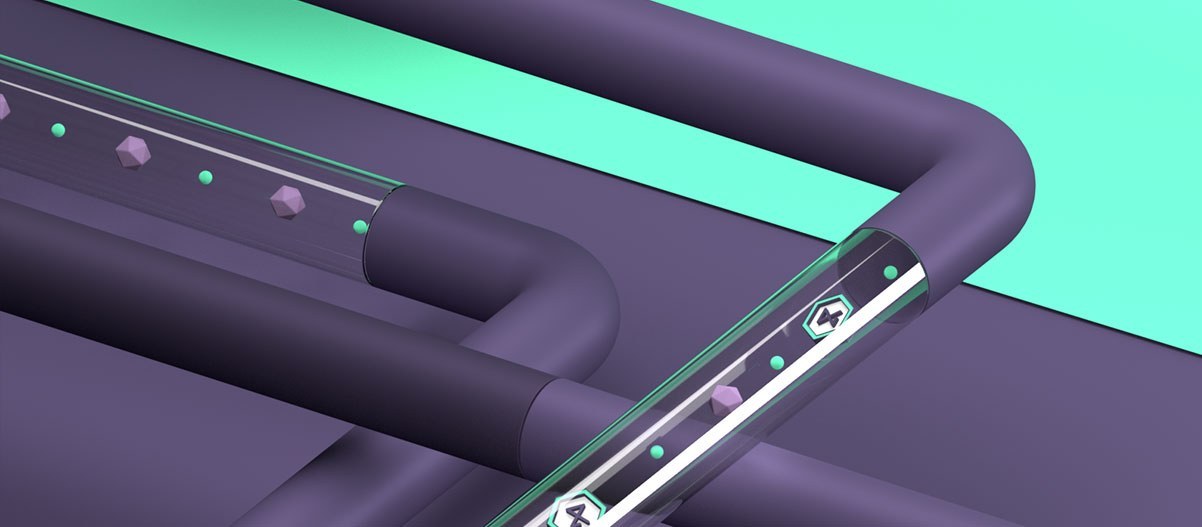
U.S. consumers are about to have a new way to pay. Chase, the U.S.’ largest credit card issuer, announced that by the end of Q2 2019 it would issue new Chase Visa credit cards, including co-brand cards, with contactless payment technology. Chase debit cards will have contactless payment functionality in the second half of 2019. If you’ve ever wondered what contactless payments are, this article explains how tap-and-go works and why it’s so secure.
How Tap and Pay Works
So when a consumer with a credit card that’s enabled with contactless payment technology is ready to make a payment, how will it work? The customer simply waves or taps the card, embedded with an RFID chip near the Contactless Symbol on a merchant’s card reader. The card reader picks up the signal from the chip in the card and processes the payment.
Incidentally, with contactless payment technology, consumers won’t have to be limited to using only cards to make payments. Contactless payment technology can turn phones, watches, fobs, and stickers/labels into payment devices. For example, Visa distributed rings to 45 Olympic athletes at the 2016 Rio de Janeiro summer games. The jewelry, embedded with payment chips, enabled the athletes to make purchases in the Olympic Village where shops with terminals equipped with near field communication (NFC), a type of RFID technology.
Is Contactless Payment Technology Secure?
Some people have questioned contactless payment technology security, but using contactless cards is very secure. Similar to EMV technology, contactless cards create a unique code for each transaction, so the cards are extremely difficult to counterfeit. Contactless cards also require a close distance to transmit information — usually about 4 cm or less — so there is no chance that data could be extracted using a long-range RFID reader.
There is a myth that a criminal with an NFC reader could read a card at close range, such as when standing in line or seated next to the cardholder on public transportation. However, if this were possible, the amount of data someone could extract would not enable them to make a fraudulent purchase. The cardholders’ name, for example, can’t be read from the card.
There are also security measures that minimize fraud from lost or stolen cards. The number of contactless transactions is limited before having to reset in the card in contact mode, or the card will automatically stop functioning. Therefore, a thief would not have the ability to make unlimited fraudulent purchases with a stolen contactless card.
It’s a Mistake for US Merchants to Wait
Once consumers have credit cards that enable tap-and-go payments, it won’t be long before they expect that convenience wherever they make a purchase or settle a bill. Deploying contactless payment solutions to align with Chase and other banks issuing cards at scale, will allow your merchants to smoothly transition to the new technology.
If contactless payment adoption in the U.S. is similar to what’s already occurred in Canada, the U.K. and other countries around the world, the technology will become a preferred payment method and could increase the percentage of transactions made with payment cards within just a few years. Make sure your business is ready for the changes ahead.



